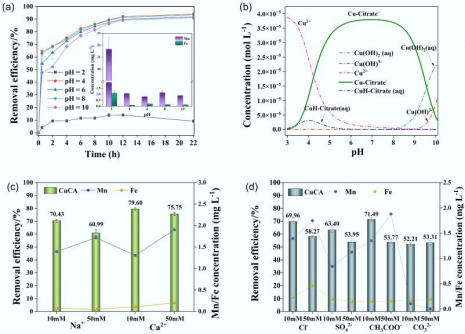Researchers from the National University of Singapore (NUS) have uncovered a DNA “switch” that enables tropical butterflies to modify their wing patterns according to seasonal temperature changes. This discovery, published in the journal Nature Ecology & Evolution on October 24, 2025, provides new insights into how environmental sensitivity has evolved in these insects.
Insects exhibit remarkable adaptability to their environments, often altering their physical characteristics with the seasons. This phenomenon, known as seasonal plasticity, is crucial for survival but has puzzled scientists regarding its evolutionary origins. The research team, led by Professor Antónia Monteiro from the NUS Department of Biological Sciences, focused on the African butterfly Bicyclus anynana, which displays distinct wing patterns depending on whether it emerges during the wet or dry season.
Understanding Seasonal Adaptation
During the wet season, these butterflies develop larger eyespots on their wings, while in the dry season, the eyespots shrink. This ability to adapt enhances their chances of survival in varying conditions. Previous studies indicated that the size of these eyespots is influenced by the temperature experienced during caterpillar development, particularly within the satyrid group of butterflies known for their brown wings adorned with eyespots.
The recent study identified a critical gene called Antennapedia (Antp), which governs the development of these eyespots. Researchers found that the activity of this gene fluctuates based on the temperatures at which the butterflies are raised. When the gene’s activity was disrupted in two different satyrid species, the size of the eyespots decreased, particularly under warmer conditions, confirming its role in seasonal size adaptation.
Significance of the Discovery
Moreover, the research team identified a previously unknown DNA switch, a “promoter,” unique to satyrid butterflies. This switch activates the Antp gene specifically within the cells at the center of the eyespots. When the switch was disabled, the butterflies’ ability to adjust eyespot size in response to temperature changes was diminished. This finding highlights the significance of this genetic element in the evolution of seasonal adaptability among these insects.
Dr. Tian Shen, the lead author of the study and a former graduate student and postdoctoral fellow at NUS, remarked on the implications of this discovery. “It is striking that a simple genetic switch can underlie complex environmental sensitivity across a broad group of insects,” he stated. “These findings open the door to future research into the roles such switches play in shaping adaptations and could provide insights useful for conservation efforts in a changing climate.”
The research not only enhances our understanding of butterfly biology but also raises important questions about how other species may adapt to climate change. As the planet experiences rising temperatures and shifting climates, such knowledge becomes increasingly critical for conservation strategies aimed at protecting vulnerable ecosystems.






